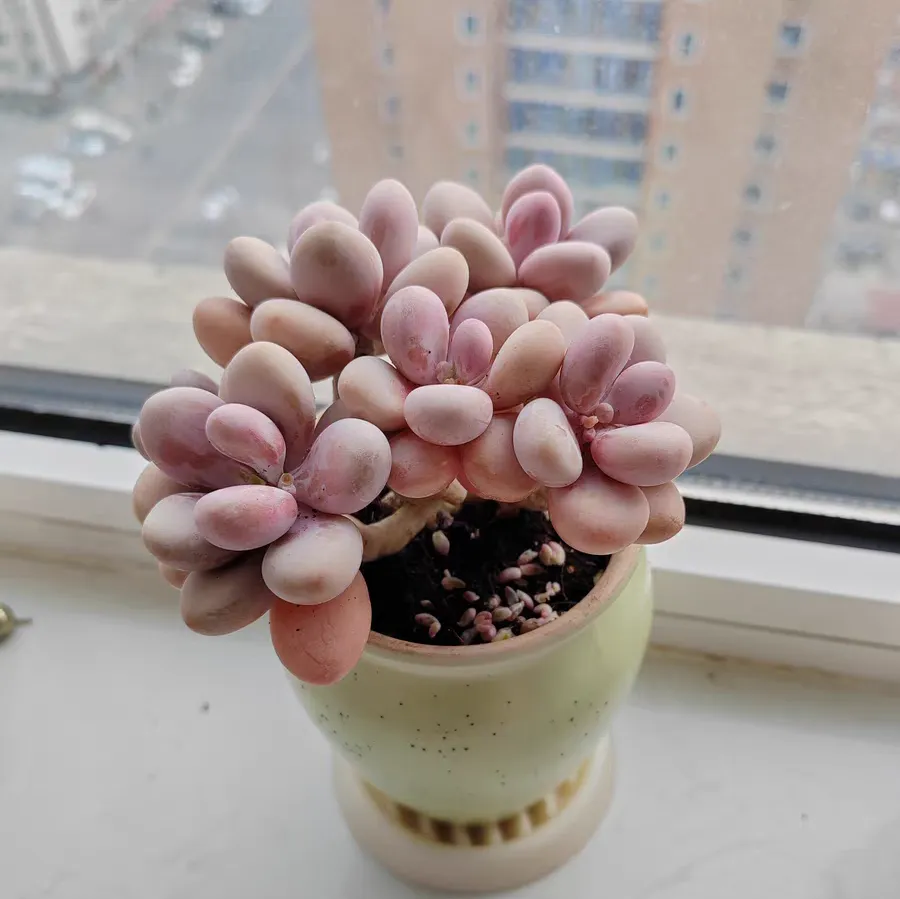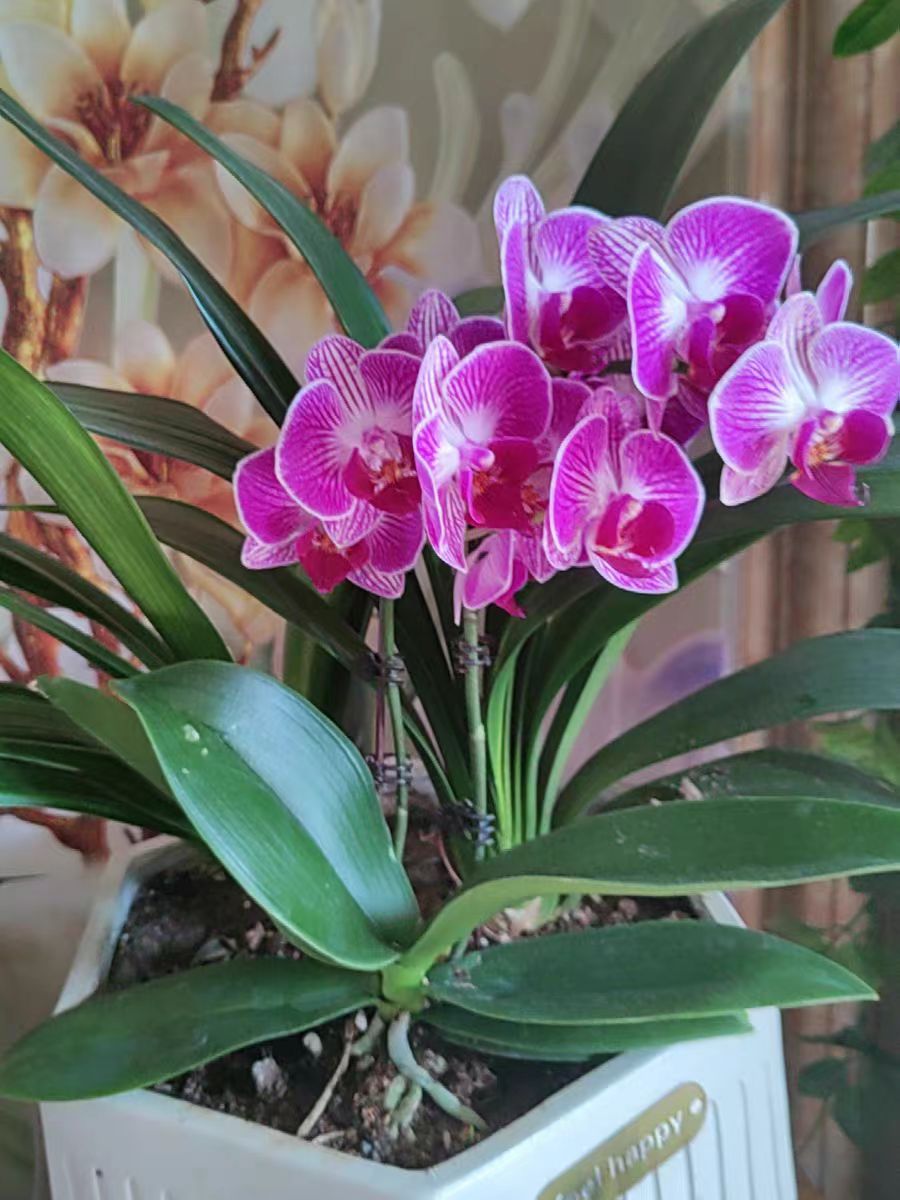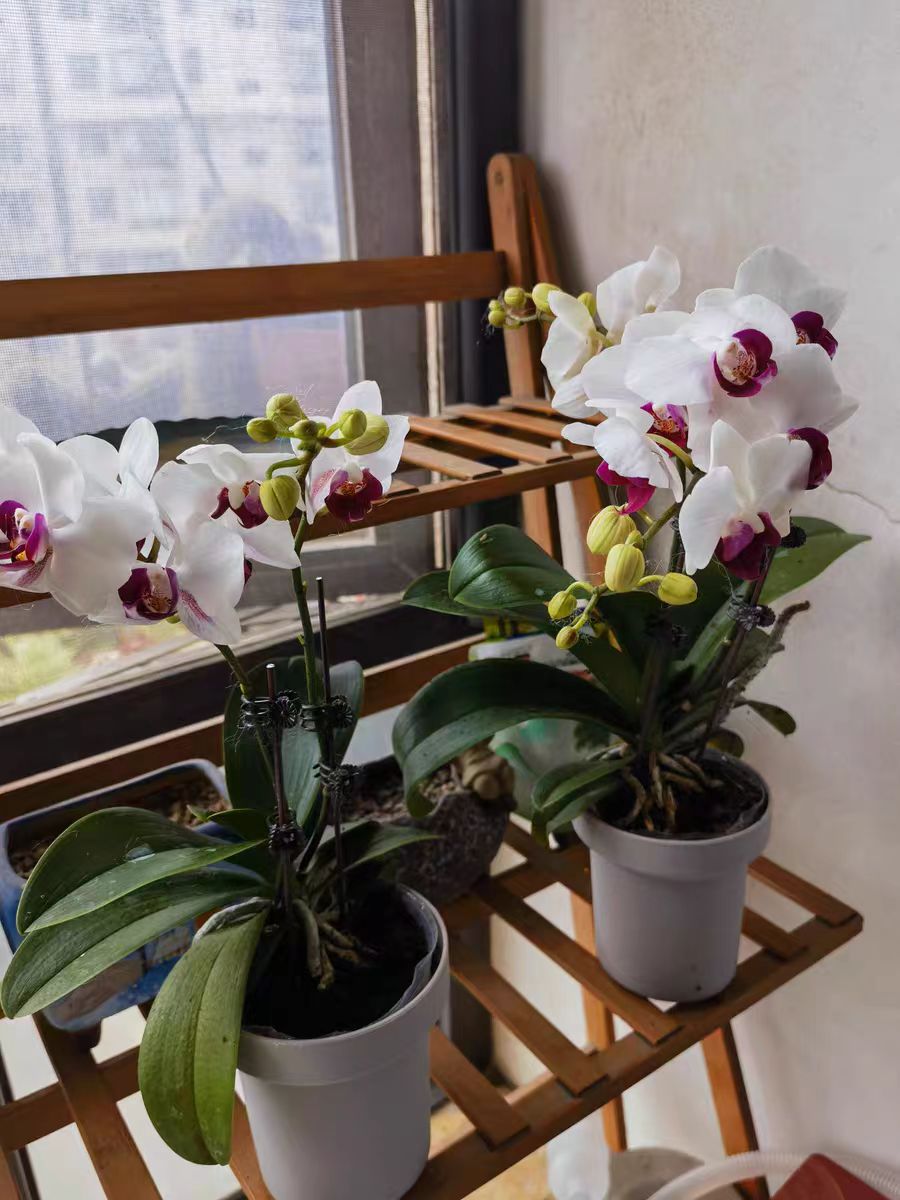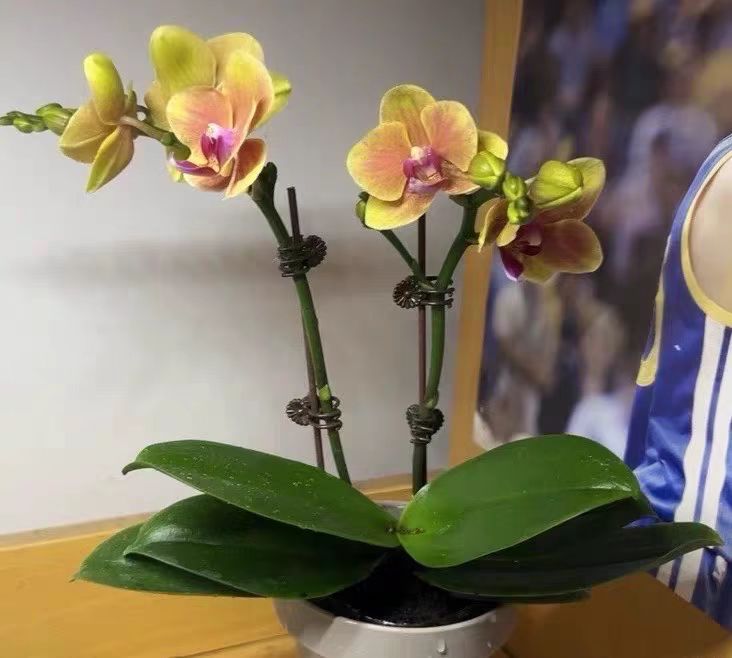In the world of succulents, each variety has its own unique charm. Next, I'd like to share with you several types of succulents with high aesthetic appeal.
**Peach Beauty (Pachyphytum oviferum):**
The leaves of Peach Beauty are round and chubby, with a delicate pink hue, resembling tender pink peaches. When it comes to cultivating Peach Beauty, light is of great importance. During the growing season, provide it with full-day sunlight so that the leaves can become plumper and more delicately pink. In summer, when the sunlight is intense, proper shading is necessary. It is drought-tolerant and follows the principle of "water thoroughly when the soil is dry". Water it thoroughly once every about 10 days during the growing period. During the vigorous growth stage, apply a small amount of special fertilizer for succulents. Peach Beauty prefers a warm environment. In summer, ensure good ventilation and cooling to prevent black rot, and in winter, keep it warm, maintaining the temperature above 5°C. Use a mixture of peat soil, perlite, and granular soil for potting, and also conduct regular inspections to prevent and control pests and diseases.
**Haworthia cooperi var. pilifera (Jade Dew):**
The leaves of Haworthia cooperi var. pilifera are crystal clear, with unique patterns on the window-like surfaces. It is suitable for growing in loose, fertile, breathable sandy soil rich in lime. You can mix leaf mold, coarse sand, and a small amount of bone meal for potting. When it comes to watering, follow the rule of "do not water until the soil is dry, and water thoroughly when watering" to prevent waterlogging and root rot. The suitable growth temperature is between 15°C and 25°C, and in winter, keep the temperature above 5°C. It likes soft scattered light, as direct sunlight is likely to burn the leaves. During the vigorous growth seasons of spring and autumn, you can repot it and cut off the dry and aged leaves.
**Echeveria 'Moonglow':**
The leaves of Echeveria 'Moonglow' are arranged in a rosette shape, with a fresh leaf color and red edges. In spring and autumn, place it outdoors for full-day sunlight, and the leaves will be more compact and vivid in color. In summer, shade it to prevent sunburn, and in winter, place it in a sunny location indoors for cultivation. It is drought-tolerant. Water it when the soil is dry and water thoroughly each time. Use a mixture of leaf mold, cinder, and perlite for potting. Apply diluted cake fertilizer water once a month. Keep good ventilation to reduce pests and diseases, and spray pesticides in a timely manner when diseases occur.
**Crassula rupestris ssp. rupestris 'Tom Thumb' (Xiaomi Xing):**
The Crassula rupestris ssp. rupestris 'Tom Thumb' plant is small and delicate, with leaves arranged in an alternating opposite pattern. When there is sufficient light and a large temperature difference, the leaves will turn red. Use a mixture of peat soil, cinder, and vermiculite for potting. Usually, place it in a sunny location and avoid direct sunlight in summer. Keep the soil slightly moist during the growing period and control the amount of water in winter. Apply base fertilizer when potting, and apply a thin liquid fertilizer once a month during the vigorous growth period. It prefers a cool and dry environment. In summer, ventilate and cool it down, and in winter, keep it warm.
**Sedum morganianum (Burro's Tail):**
The leaves of Sedum morganianum are like green jade beads, flexible and elegant. It is suitable for growing in acidic soil with good drainage and air permeability. You can use a mixture of leaf mold, peat soil, and river sand for potting. It likes a sunny environment and can also grow under scattered light. It grows best at a temperature between 15°C and 30°C. In summer, provide shade and cool it down, and in winter, keep it warm above 5°C. Follow the principle of "water when the soil is dry and see it through when watering", and water along the edge of the pot, avoiding watering the leaves directly to prevent rot.
**Crassula perforata (String of Coins):**
The leaves of Crassula perforata are thick and fleshy, overlapping layer by layer and closely arranged together, just like strings of ancient coins, symbolizing good luck. When cultivating Crassula perforata, it is advisable to use loose, fertile soil with good drainage, which can be prepared by mixing leaf mold, river sand, and perlite. It likes a sunny, warm, and dry environment. Except for proper shading during the high-temperature period in summer, it can be exposed to more sunlight at other times. Water it moderately, and water it only after the soil is completely dry to avoid waterlogging that may lead to root rot. The suitable growth temperature is between 18°C and 25°C, and it is best to keep the temperature above 10°C in winter. During the vigorous growth period, you can apply a thin liquid fertilizer every half month to help it grow healthily.
Which types of succulents are both good - looking and easy to take care of?

Share with
Tagged in :




Leave a Reply